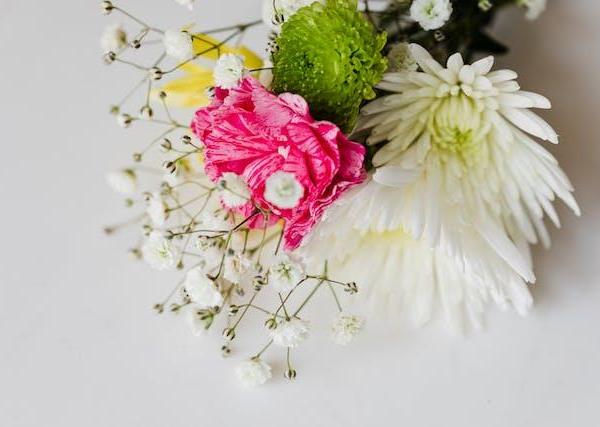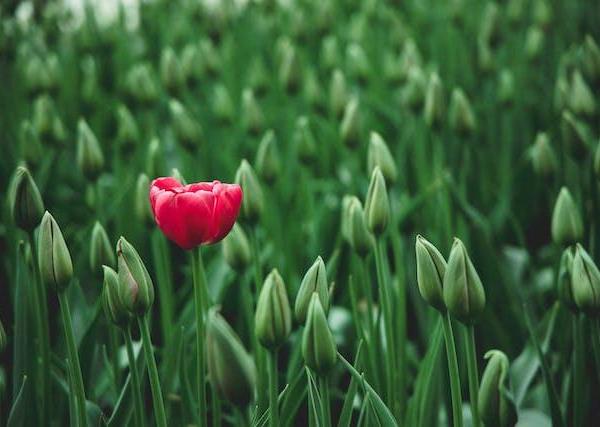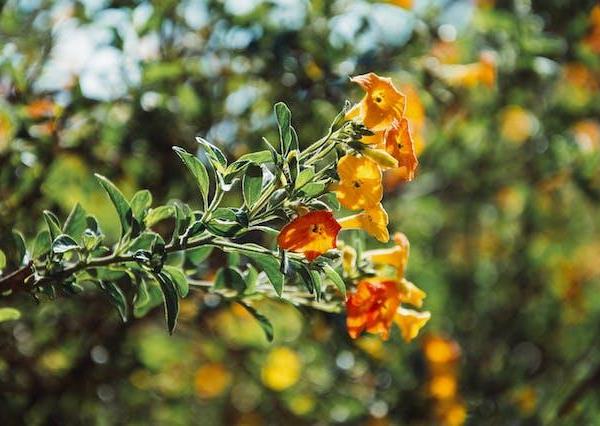Plants for Hot and Dry Climates:
If you live in a region with hot and dry climates, it's important to select plants that are drought-tolerant and can withstand high temperatures. Consider the following options: - Succulents: Succulents like agave, aloe, and sedum are excellent choices. They have thick, fleshy leaves that store water, making them well-adapted to dry conditions.- Cacti: Cacti are iconic plants of arid regions. They come in various shapes and sizes and require minimal watering. Some popular cacti include the barrel cactus, prickly pear, and saguaro.
- Lavender: Lavender is a fragrant and drought-tolerant plant that thrives in hot and dry climates. It requires well-drained soil and full sunlight. - Mediterranean herbs: Herbs like rosemary, thyme, and oregano are excellent choices for hot and dry climates. They are not only drought-tolerant but also add fragrance and culinary value to your garden.
Plants for Cold Climates:
If you live in an area with cold climates and frosty winters, it's important to choose plants that can withstand freezing temperatures and thrive in cooler conditions. Consider the following options:- Evergreens: Evergreen trees and shrubs like spruce, pine, and juniper provide year-round interest and are adapted to cold climates. They retain their foliage throughout the winter, adding color and texture to your garden.
- Ornamental Grasses: Many varieties of ornamental grasses, such as fountain grass and feather reed grass, are hardy and can withstand cold temperatures. They add movement and texture to your garden even in the winter months.
- Hellebores: Hellebores, also known as winter roses, are beautiful flowering plants that can tolerate cold temperatures. They bloom in late winter or early spring, providing a burst of color when most other plants are dormant.
- Witch Hazel: Witch Hazel is a deciduous shrub that blooms in late winter or early spring. Its fragrant, spidery flowers add beauty and color to the winter landscape.
Plants for Coastal Climates:
If you live in a coastal area, your garden may be exposed to salt spray, sandy soil, and strong winds. Choose plants that are salt-tolerant and can withstand these challenging conditions. Consider the following options:- Beachgrass: Beachgrass, also known as American beachgrass, is a tough and hardy grass that helps stabilize sand dunes and prevent erosion. It can tolerate salt spray and strong winds.
- Sea Holly: Sea Holly is a unique and striking perennial that thrives in coastal conditions. It has spiky blue or purple flowers and can tolerate salt spray and sandy soil.
- Rosemary: Rosemary is a versatile herb that not only adds fragrance and culinary value but also thrives in coastal climates. It can tolerate salt spray and sandy soil.
- Agapanthus: Agapanthus, also known as Lily of the Nile, is a beautiful flowering plant that can tolerate coastal conditions. It produces clusters of blue or white flowers and adds a tropical touch to your garden.
Plants for Shaded Areas:
If you have a shaded garden or areas with limited sunlight, it's essential to choose plants that can thrive in lower light conditions. Consider the following options:- Hostas: Hostas are shade-loving perennials with attractive foliage in various shades of green, blue, and gold. They are easy to grow and add texture and beauty to shaded areas.
- Ferns: Ferns are excellent choices for shaded areas. They come in various shapes and sizes and add a lush and tropical feel to your garden. Some popular fern varieties include Boston fern, maidenhair fern, and Japanese painted fern.
- Bleeding Heart: Bleeding Heart is a delicate and beautiful flowering plant that thrives in shade. It produces heart-shaped flowers in shades of pink or white, adding a touch of elegance to your garden.
- Astilbe: Astilbe is a perennial that produces feathery plumes of flowers in shades of pink, white, and red. It thrives in shaded areas and adds color and texture to your garden.
Plants for Clay Soil:
If you have clay soil, which tends to be heavy and retains water, it's important to choose plants that can tolerate these conditions. Consider the following options:- Daylilies: Daylilies are hardy and adaptable perennials that can tolerate clay soil. They come in a wide range of colors and bloom throughout the summer, adding beauty to your garden.
- Coneflowers: Coneflowers, also known as echinaceas, are native perennials that thrive in clay soil. They have vibrant, daisy-like flowers that attract pollinators and add color to your garden.
- Russian Sage: Russian Sage is a tough and drought-tolerant perennial that can tolerate clay soil. It produces tall spikes of lavender-blue flowers and adds a touch of elegance to your garden.
- Baptisia: Baptisia, also known as false indigo, is a native perennial that can tolerate clay soil. It produces spikes of flowers in shades of blue, purple, or yellow and adds a bold and architectural element to your garden.
Remember, these are just a few examples of plants and flowers that are suitable for specific climates and conditions. It's important to research and choose plants that are well-suited to your specific region and garden environment. Consider factors such as sunlight, temperature, soil type, and moisture levels when making your selection. Consult with local nurseries or gardening experts for personalized advice and recommendations. By choosing the right plants, you can ensure a successful and thriving garden that brings beauty and joy to your outdoor space.



